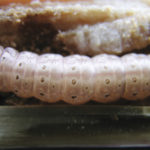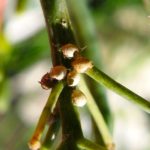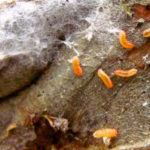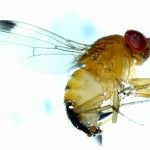
Tag Archives John Gavloski

Fighting European corn borer? Manitoba Agriculture wants to hear from you
There’s been no Bt resistance yet in Manitoba’s European corn borer population, but entomologist John Gavloski is keeping a sharp eye out

Get scouting, soybean aphids showing up in fields
When populations hit 250 and are still rising consider applying an insecticide, but don’t forget to take beneficial insects into account. There’s an app for that

Assessing whether or not to spray soybean aphids?
There’s an app for that, but farmers still need to scout and take beneficial insects that prey on soybean aphids into account

Fairly average year for cutworms, flea beetles
Cutworms may be taking a bite out of your canola, but with proper planning they won’t eat into yields

Shining a light on the creepy crawly side of agriculture
Entomologist John Gavloski is warning producers to maintain beneficial bugs found in crops

More corn rootworm found in Manitoba
It’s already a major pest in the U.S. Corn Belt, but it can still be easily controlled here

Crop insect concerns low, some soybean crops report brown spot
Manitoba Insect and Disease summary for August 17

Flea beetles, cutworms top list of insects bugging Manitoba farmers in 2015
Alfalfa weevils, army worms, corn borer, soybean aphids and lygus bugs showed up in some fields too

Spotted Wing Drosophila an unwelcome visitor to fruit farms this summer
MAFRD began monitoring for SWD in 2013 and this is the worst year yet, say provincial fruit crops specialist

Manitoba crop insect and disease update
Conditions as of July 14, 2015


